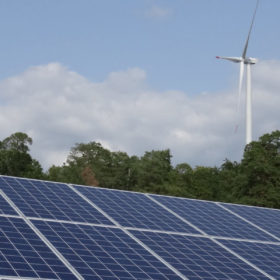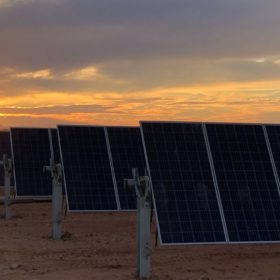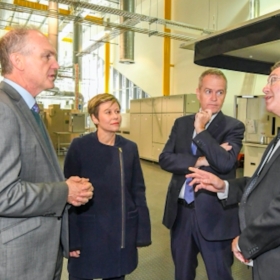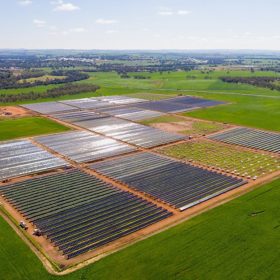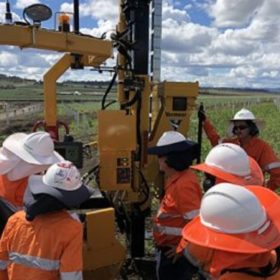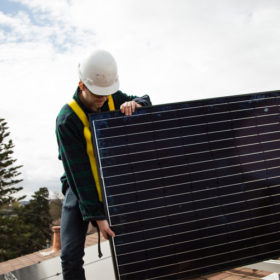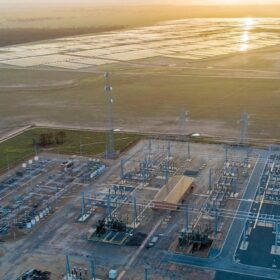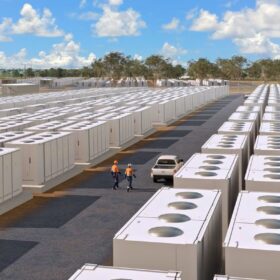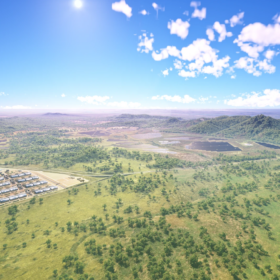Why renewables are the solution for Australia: IEEFA
Renewables are the lowest cost, sustainable solution for Australia’s energy policy crisis and potentially one of Australia’s largest export industries of the future.
Enel breaks ground on solar farm awarded in Victorian RE auction
Construction has been launched on the 34.2 MW Cohuna Solar Farm, one of the three winning solar projects in the first Victorian renewable energy auction.
Decisive election for renewables sector swayed by youth vote
Climate change featured as an important, if not decisive, battleground issue in both the recent Victorian and New South Wales State elections. After the Easter break, reports of record high voter enrolments, particularly among young people, indicates that climate change may firm as a key federal election issue as May 18 draws nearer.
Asset-management opportunities and challenges reach critical mass for large-scale solar
Australia’s first Solar Asset Management conference to be held June 26-27 in Sydney recognises a new phase for the country’s large-scale solar sector, as well as the urgent need to drive efficiency from projects, both in the planning and the 25- to 35-year O&M life stages of each project.
Carnegie gets $5 million lifeline, bids for liquidated microgrid arm EMC revealed
Following Carnegie Clean Energy’s voluntary administration, the administrators have revealed the bids its solar microgrid arm managed to attract. Meanwhile, a plan to restructure the company’s core wave power business has been approved by creditors, along with a decision to liquidate the EMC business.
Construction starts on UQ’s Warwick Solar Farm
Works have been launched on the 64 MW solar farm is the Darling Downs region. Once completed, the project could make the University of Queensland the world’s first university to offset 100% of its electricity needs from its own renewable energy asset.
Australians across all parties support national EV policy, expect to purchase electric cars, polls shows
Coming hot on the heels of major reports and a heated public debate about electric vehicles, a poll commissioned by the Climate Council confirms Australians believe electric cars are the future. Another poll, by The Australia Institute, has 50% of Australian voters supporting all car sales being electric by 2025.
Arctech’s Aussie presence deliver top 4 global tracker finish
Chinese tracker supplier Arctech Solar has topped the rankings in the Asia Pacific region and risen to fourth in global PV market share among tracker suppliers in 2018 – on the back of its Australian project wins. Arctech noted the achievement today, pointing to Wood Mackenzie Power and Renewables’ 2019 tracker market report.
Renewable energy jobs surge thanks to solar PV
Rooftop solar remained the biggest employer in the Australian renewable energy sector last financial year, but it was large-scale solar PV that stole the limelight as it emerged as the second largest contributor of direct full-time jobs.
Australia and India helped make up for Chinese solar retreat last year
The world had more than half a terawatt of PV generation capacity at the end of last year as emerging solar markets picked up the slack caused by Beijing’s subsidy about-turn to the tune of a 20% rise in installations outside China.
